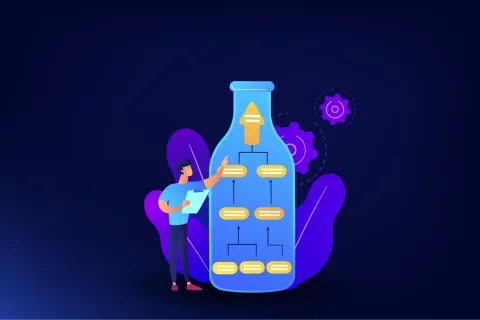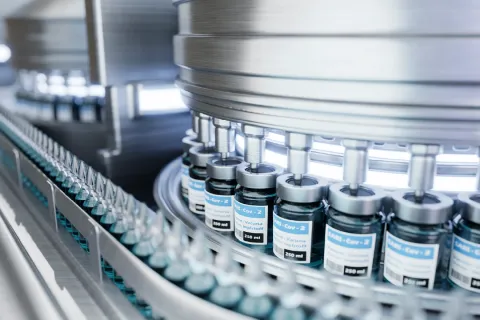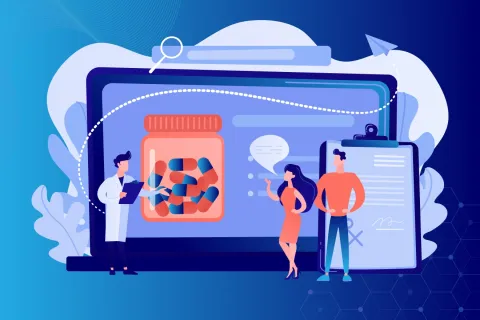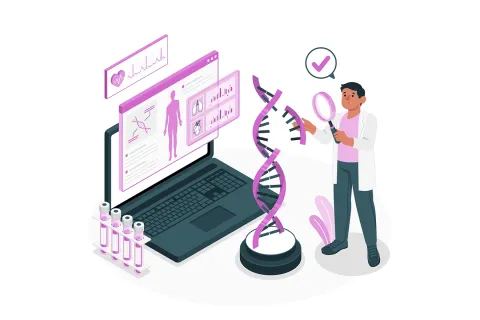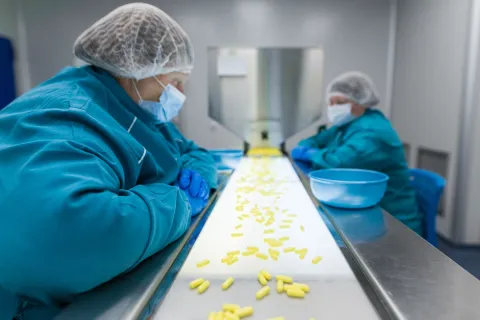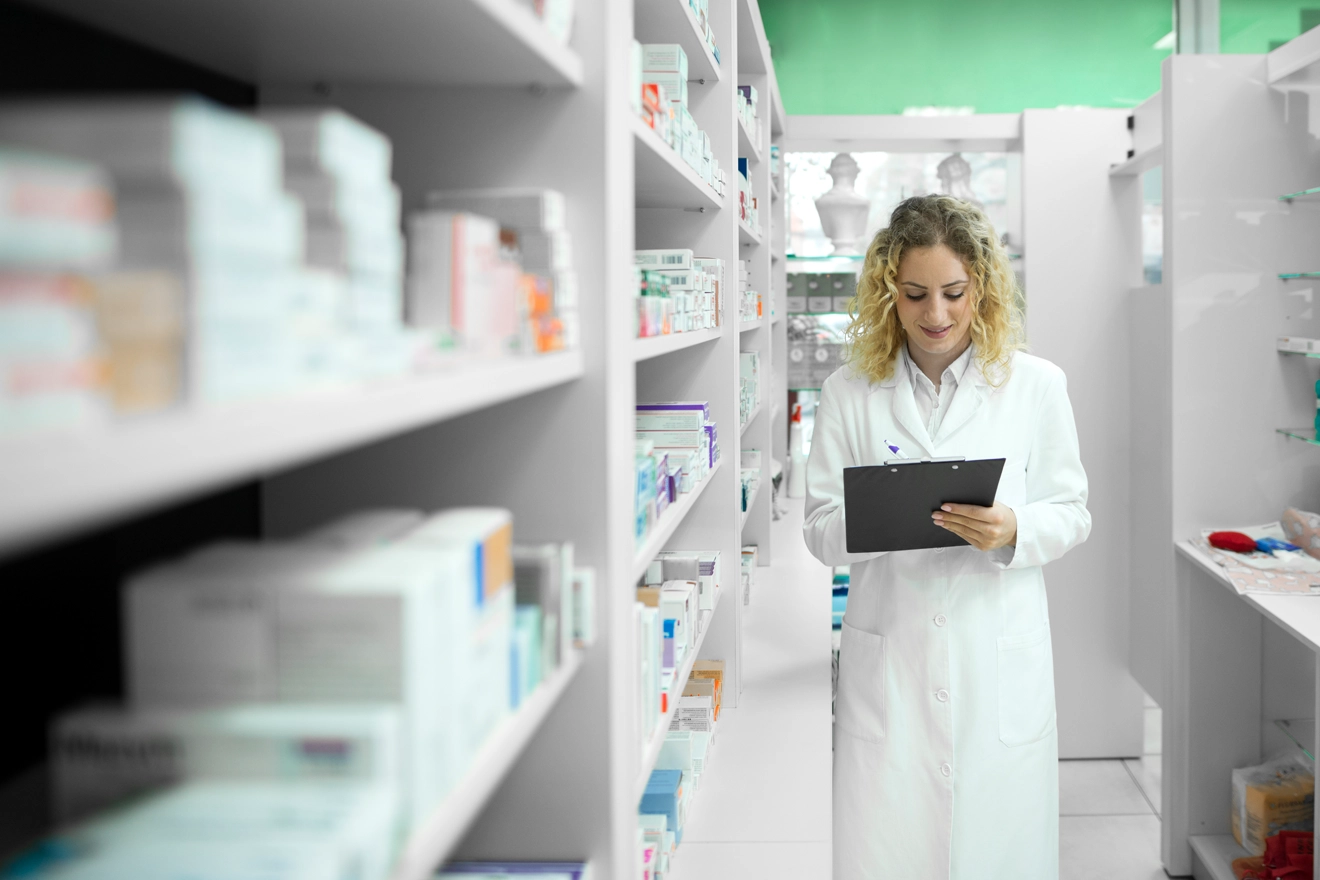
Pharmaceutical artwork is a highly regulated process, involving different regulations for multiple product portfolios. Despite the stringent regulations surrounding pharmaceutical packaging, artwork-related errors still exist and the potential for these errors is relatively high when the company relies solely on manual processes. Therefore, pharmaceutical companies are adopting artwork automation tools to minimize artwork errors, bring products faster to market and stay compliant with the Regulatory requirements.
The artwork creation process seems like a simple, linear process as the information moves from Regulatory departments and core data sheets to designers, layouts, and finally to print vendors. Yet, it involves countless revisions and approval cycles from multiple departments due to new Regulatory feedbacks, regional requirements, Regulatory updates, etc. The lengthy development and prolonged review cycles create an additional bottleneck along the artwork workflow. With every new version of artwork introduced, a comprehensive review and comparison of the current version with the previously approved one can take hours or even days when done manually.
Integrating automation with Artwork Management Software helps:
- To manage and plan the artwork process more efficiently and effectively through standard and customized workflows. The user can automatically perform tasks through standardized workflows based on repeatable processes carried out on a regular basis in your company.
- To create a centrally managed repository of all brands, which gives more visibility into the entire product portfolio and greater control over its execution.
- To create, edit, approve and source the content directly from the label so that changes made to the content can be automatically applied to multiple artworks of the same product through standardized artwork templates. Additionally, PLM software allows to optimize change processes, as well as supports complete traceability for audit history and tracking.
- To quickly compare the older version of artwork with the recent version while highlighting the changes from version to version and reducing time to market.
- To electronically proofread the entire artwork document, minimizing the chances of human errors through streamlining the review and artwork approval process.
- Regional translations through copy certification systems, an automated workflow combined with stored common phrases. These tools help lessen copy development time associated with translations.
Benefits of launching automation in your artwork process:
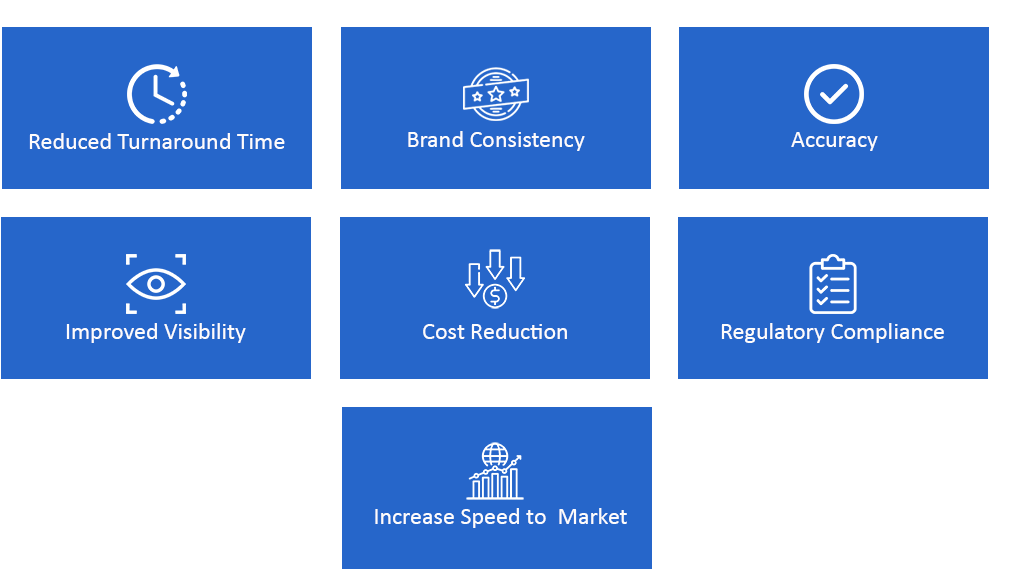
By leveraging technology, companies can dramatically reduce costs and decrease turnaround time while increasing the quality of the finished product. Further, with the pandemic affecting industries worldwide, the need for automation has seen a tremendous upside due to increased focus on operational flexibility and transparency.
Digitization and automation have proven to be the hottest buzzword of 2020-2021, and rightly so. Even when it comes to pharmaceutical artwork, we see that digitization and automation are taking over, with every passing day, right from content management to final artwork approval.
Since all stakeholders expect to have minimal product contact and get their product faster to market along with the customized solutions, digitizing the artwork process can help pharma companies improve customer experience and stay compliant.
Firms that keep in touch and in line with newer developments, will thus see huge benefits in cost, as well as eliminating redundancies.
Automation is the future. Are you automating the artwork processes? Reach out to a proven Regulatory partner for transforming your packaging artwork processes with ease.
